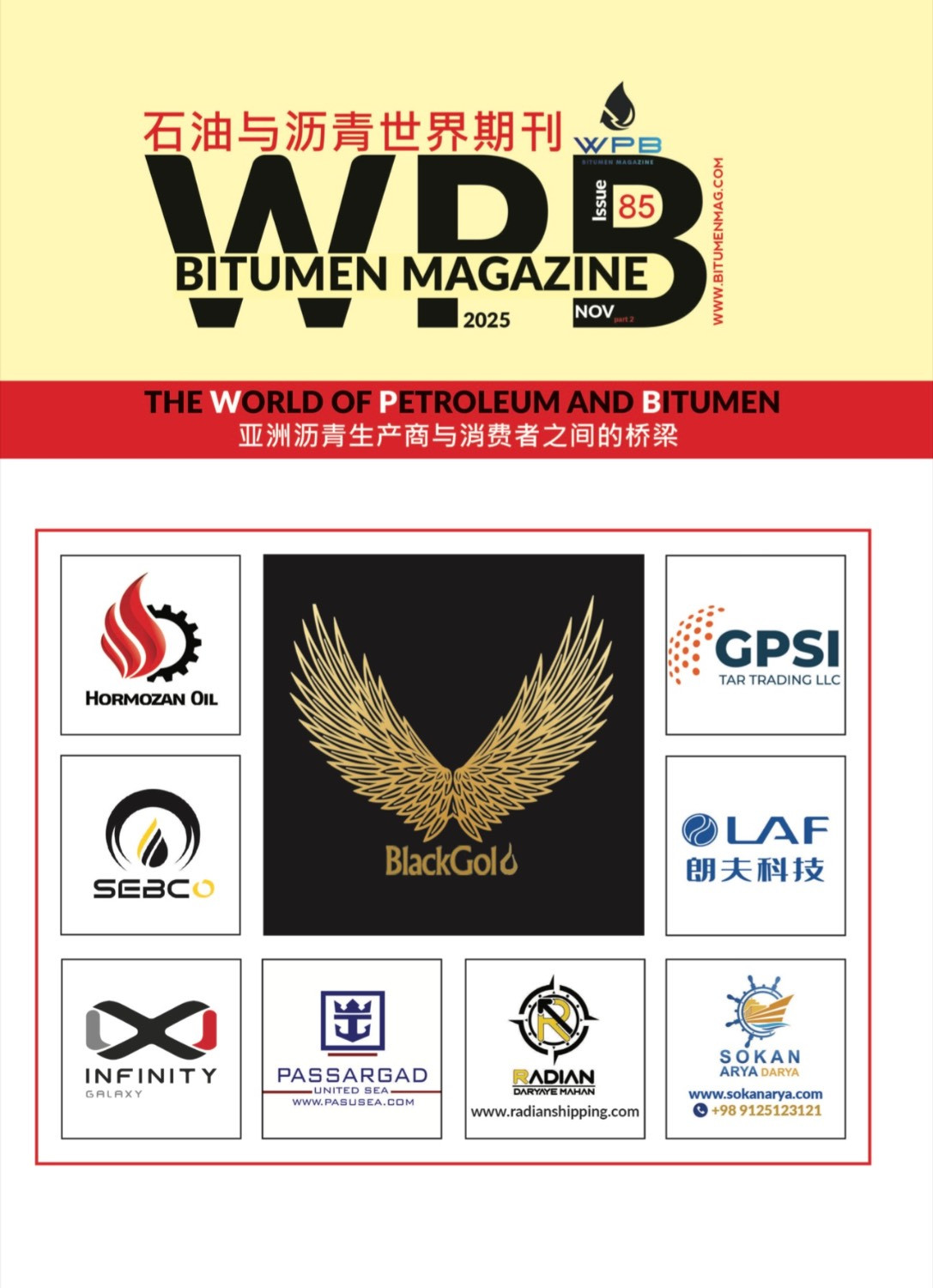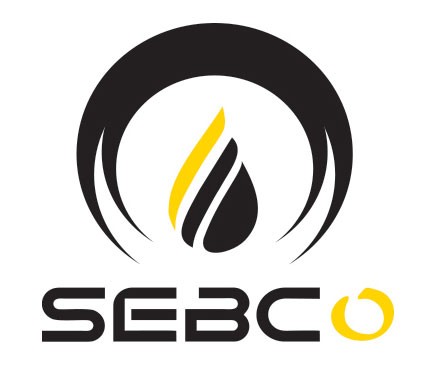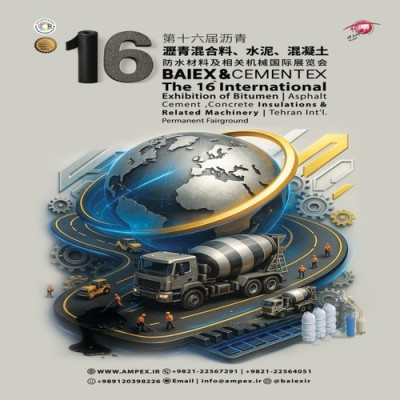According to WPB, the heavy-oil and bitumen industry has entered a crucial phase of financial and structural transformation, as energy producers worldwide attempt to stabilize revenue flows amid prolonged market volatility. Recent quarterly data reveal a notable rise in output efficiency, with refineries processing higher volumes of bitumen-rich feedstock while simultaneously cutting operational expenses through advanced automation and predictive maintenance systems. Despite the persistent softness in global crude benchmarks, the bitumen sector has displayed resilience, maintaining profit margins through diversified downstream operations and strategic control of logistics networks.
Across North America, Asia, and the Middle East, companies involved in bitumen upgrading and asphalt production have reported substantial gains in free cash flow. This improvement has been largely driven by better integration between upstream extraction and downstream refining, as well as stronger cost discipline in transport and storage. Investors, responding to these developments, have shifted their focus from speculative oil-price forecasts toward measurable operational reliability and consistent dividend performance. Such realignment of investor priorities indicates a growing recognition of bitumen’s strategic value as both an industrial material and a financial stabilizer.
The implications of this trend stretch far beyond the balance sheets of energy companies. Governments are now re-evaluating how infrastructure and road-construction budgets are tied to energy revenues, particularly in economies that rely heavily on bitumen exports. Analysts suggest that as bitumen becomes more central to financial planning and trade negotiations, it could serve as a hedge against oil-market instability. In certain regions, national development funds are even considering long-term investment vehicles linked directly to bitumen production, aiming to reduce dependence on volatile crude cycles while ensuring funding continuity for public projects.
Moreover, advancements in refining technology have enabled producers to extract higher-grade binders suitable for self-healing asphalt and temperature-resistant pavements. This innovation not only boosts sustainability in the construction sector but also enhances the financial attractiveness of bitumen as a multipurpose commodity. The increasing intersection of technology, finance, and infrastructure around bitumen signals a redefinition of its role — from a simple by-product of crude processing to a core asset class influencing national economic stability.
In conclusion, the latest data underscore that the global bitumen market in late 2025 is evolving from a cost-sensitive segment into a value-driven industry. With the growing alignment between industrial innovation, fiscal policy, and investor confidence, bitumen is positioned not merely as an energy derivative but as a cornerstone of long-term economic planning. The direction taken in the coming fiscal year will determine whether this transformation matures into sustained financial resilience or remains a temporary response to global price pressures.
By WPB
Bitumen, News, Heavy Oil, Oil, Price Pressure




















